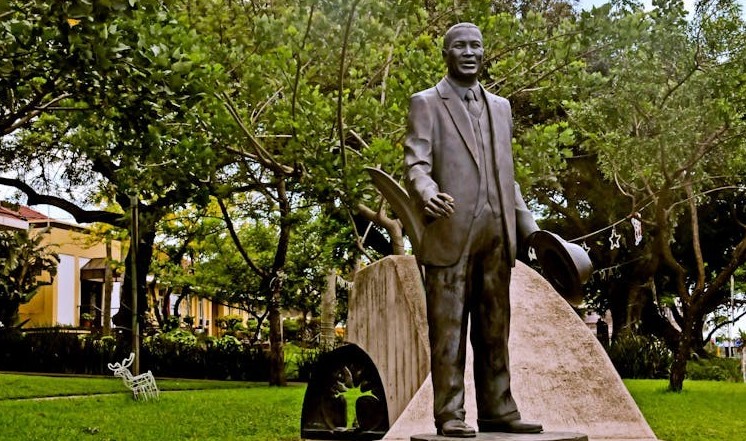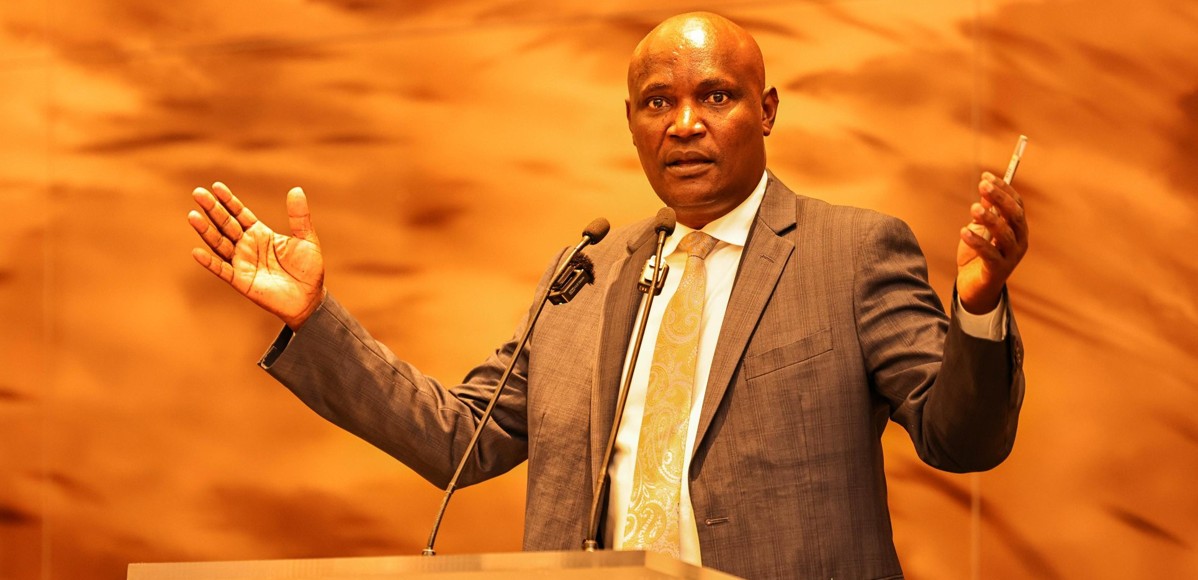Education CS Julius Ogamba defends 40 per cent varsity fee cut, cites higher enrolment

CS Ogamba said the reduction, introduced under the student-centred funding model, is a deliberate approach to raise numbers and create sustainable funding streams for universities through economies of scale.
Education Cabinet Secretary Julius Ogamba has defended the government’s decision to slash university fees by up to 40 per cent, saying the move is not intended to cripple institutions but to improve access to higher education and increase overall revenue through higher student enrolment.
Speaking during the inauguration of the University of Nairobi Council, Ogamba said the reduction, introduced under the student-centred funding model, is a deliberate approach to raise numbers and create sustainable funding streams for universities through economies of scale.
More To Read
- Government commits Sh27 billion to upgrade TVET institutions nationwide
- Education Ministry pledges early capitation release for smooth start to new term
- Private universities demand Sh58.8 billion in unpaid tuition fees from government
- Over 44,000 schools cleared for capitation as audit uncovers 87,000 ghost learners
- Government urged to fast-track transition of basic education institutions to comprehensive schools
- KEPSA calls on Parliament to enact reforms to stabilise public universities after 49-day lecturers’ strike
“The fee cut is not causing any financial strain. It is increasing (revenue),” the CS stated, noting that several factors were weighed before determining fees for different degree programmes.
“It is in the numbers,” he added, highlighting that universities can earn more by enrolling more students, particularly in high-cost programmes such as medicine.
The CS argued that with larger class sizes, institutions can afford to lower fees while still maintaining adequate income.
“There’s no need to charge eight students exorbitantly if only two can afford to pay. If you increase the number of students from eight to 12 in a class, you’ve raised it by 50 per cent. That’s why we were able to reduce the fees by 40 per cent. When something becomes more affordable, more people pay,” he added.
Ogamba said the fee reductions are only one part of a wider strategy that includes streamlining university operations and improving how resources are mobilised. His remarks come at a time when public universities are under financial pressure, with the government owing them more than Sh22 billion under the new model.
This includes Sh13 billion in unpaid Higher Education Loans Board (HELB) disbursements and Sh9 billion in scholarships for students admitted since 2023.
In addition to the current debt, universities are also grappling with an earlier backlog of Sh105 billion, which has built up over time due to long-standing issues such as underfunding and declining enrolment in self-sponsored courses.
Vice-Chancellors Committee chair Prof Daniel Mugendi dismissed claims that university heads were sidelined in the process of reforming the funding model. He affirmed that the decisions were reached through an inclusive process.
“This process was very consultative. From the Presidential Working Party on Education Reforms to the National Committee on Fee Structures, vice chancellors were fully involved. I sat on one of the key committees myself, along with others like Prof Motembo, Prof Kiama, and Prof Rotich of Rongo University,” he said.
The student-centred model, rolled out in July 2023, replaced the uniform five per cent tuition contribution with a sliding scale where students now pay between 20 and 60 per cent, depending on need and programme.
According to Mugendi, the biggest cuts were applied to expensive courses, while standard ones saw only a small drop of about 15 per cent.
“Even with the changes, universities continue to receive about the same amount of funding. More money is now coming in from households; some universities admitted as few as 49 students in certain courses last year, and most of the highly-priced programmes have low enrolment figures,” he said.
Mugendi added that the surge in student numbers has made it easier for institutions to manage under the new system.
“This year, about 246,000 students are joining universities, up from around 199,000 last year. The increased numbers are a big boost for institutions,” he said.
“Most universities are now operating better. The bleeding has stopped,” he stated, but cautioned that delays in releasing funds from the Treasury could put the progress at risk. “It’s not that the model is wrong; it’s the timing of funds from the Treasury that’s an issue.”
Top Stories Today











































